Left Hand Writing Skills – Product Background
The Potential Problem for the Left-Hander
Handwriting remains a vitally important skill – despite the ubiquitous keyboard and mobile text-pad or screen. Early on, children need handwriting to make notes at school, to write messages and cards, and so on. Later, good handwriting is still essential for most homework, essays and, critically, exams – as well as many other daily uses!
Learning to write well takes perseverance and practice, whether the writer is left- or right-handed, and the development of very specific fine motor control. For the left-handed, development of the skill of handwriting – in the 'right-handed' world where text runs from left to right – needs even more help. Without special guidance, left-handers often develop inappropriate fine motor skills and, consequently, difficult and tiring writing styles. Their writing can become 'messy' and 'smudged'. This is essentially because left-handed writers have to push the pen across the paper (if you are right-handed, try writing backwards to get a feel for the problem). With their hand following the pen, left-handed writers will tend to cover and so hide what they've just written, and possibly smudge their writing as they go.
To avoid these problems, the left-hander will often then adopt a crab-like or 'hooked' posture for the writing hand – so that what the writer has just written can be read – possibly also with the wrist raised to avoid smudging. With all the other pressures on teaching staff, schools find it difficult to make special provision for left-handed children – especially when it comes to handwriting – so these practical difficulties are aften overlooked.
The real problems, though, can emerge later. Poor hand posture is tiring. And poor handwriting, which others can't read easily, tends to invite the remarks such as 'messy' and 'untidy' – however good the content of what's been written might be! Comments like these can cause frustration and loss of self-esteem to many left-handers, and subsequently lead to general under-performance. With the introduction of correct fine motor skills, however, and good writing habits – and plenty of practice – there is no reason why left-handers can't write just as well as their right-handed friends.
Change of Habits – Developing New Fine Motor Skills
The Left Hand Writing Skills series helps make that a reality, whether used at school or at home – or, better still, both. The exercises are carefully designed to help gradually replace the incorrect fine motor skills with more appropriate skills. By positioning their paper correctly, holding the pencil or pen consistently in the necessary grip, and then applying the new style of hand movement, the required habits should adjust, and the new fine motor skills should take hold.
The printed books are spiral bound at the top to give (when used at home) free left-handed movement from the left side and across the page. And every page carries icons reminding the user exactly how to hold their pencil or pen, and how to position their paper in front of them on their work surface. Just a few minutes regular practice each day using the Left Hand Writing Skills worksheets, preferably with the encouragment of a parent, grandparent or other accomplished writer, can make a real difference to the child's future achievement.
Teachers should note that specific but widely-used fonts have been selected for this series. These fonts will not match every school's design policy for cursive writing – but that's not the point of these books! The idea is to achieve approriate fine motor skills – the final touches of individual school's font preferences can be worked upon and finessed later.
(For a more general introduction to left-handedness, check out The Left-Hander's Handbook by Diane Paul, also published by Robinswood. It's packed with helpful Guidelines and suggestions for parents and teachers of left-handers!
The author, Mark Stewart, also provides Training Courses for teachers on left-handedness: Left Handed Children - The Right Way To Help. For details, click here.)
Sample Pages
Just to give you an idea of what to expect, here are a couple of pages from each book:
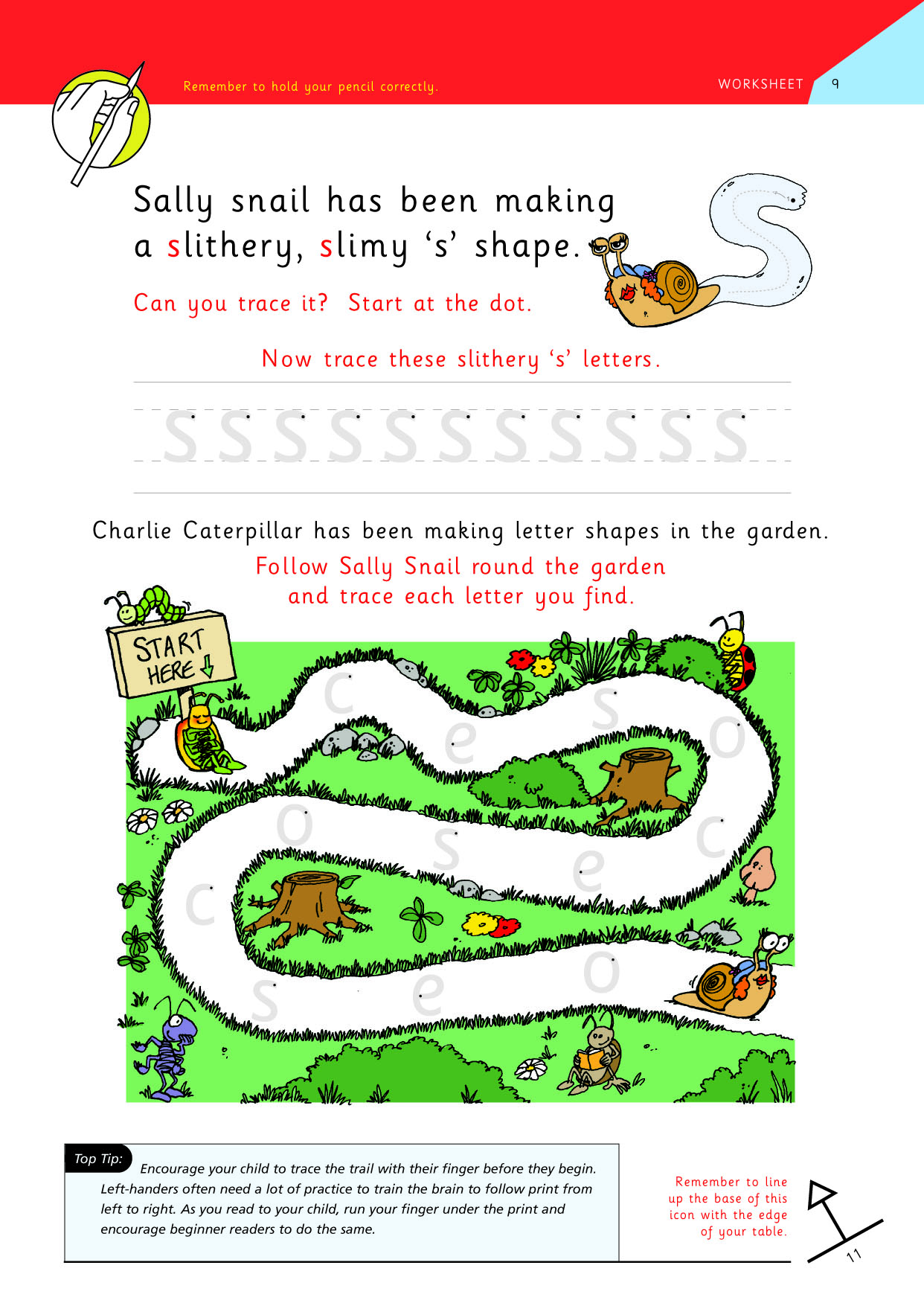
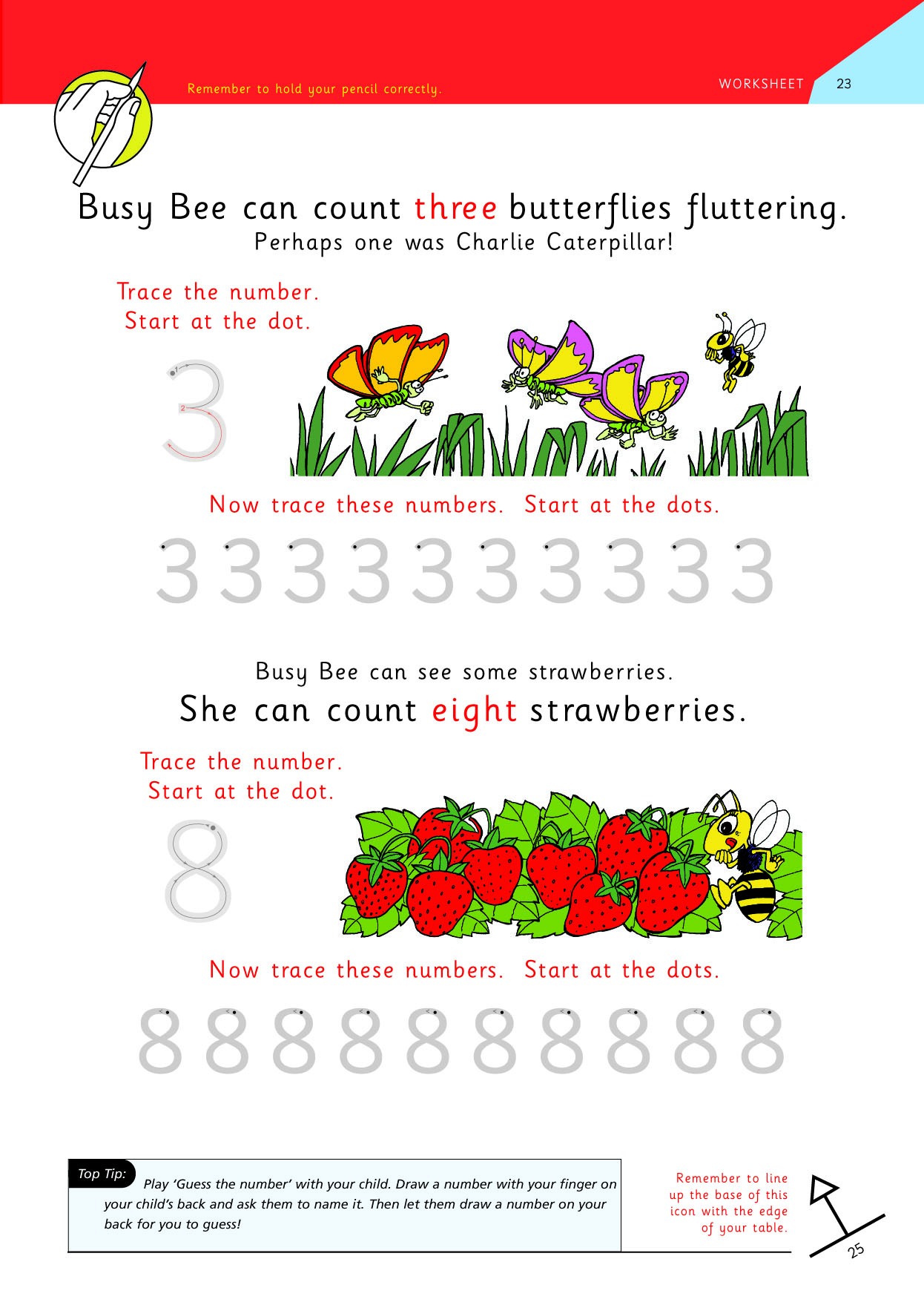
Sample Pages from Book 1
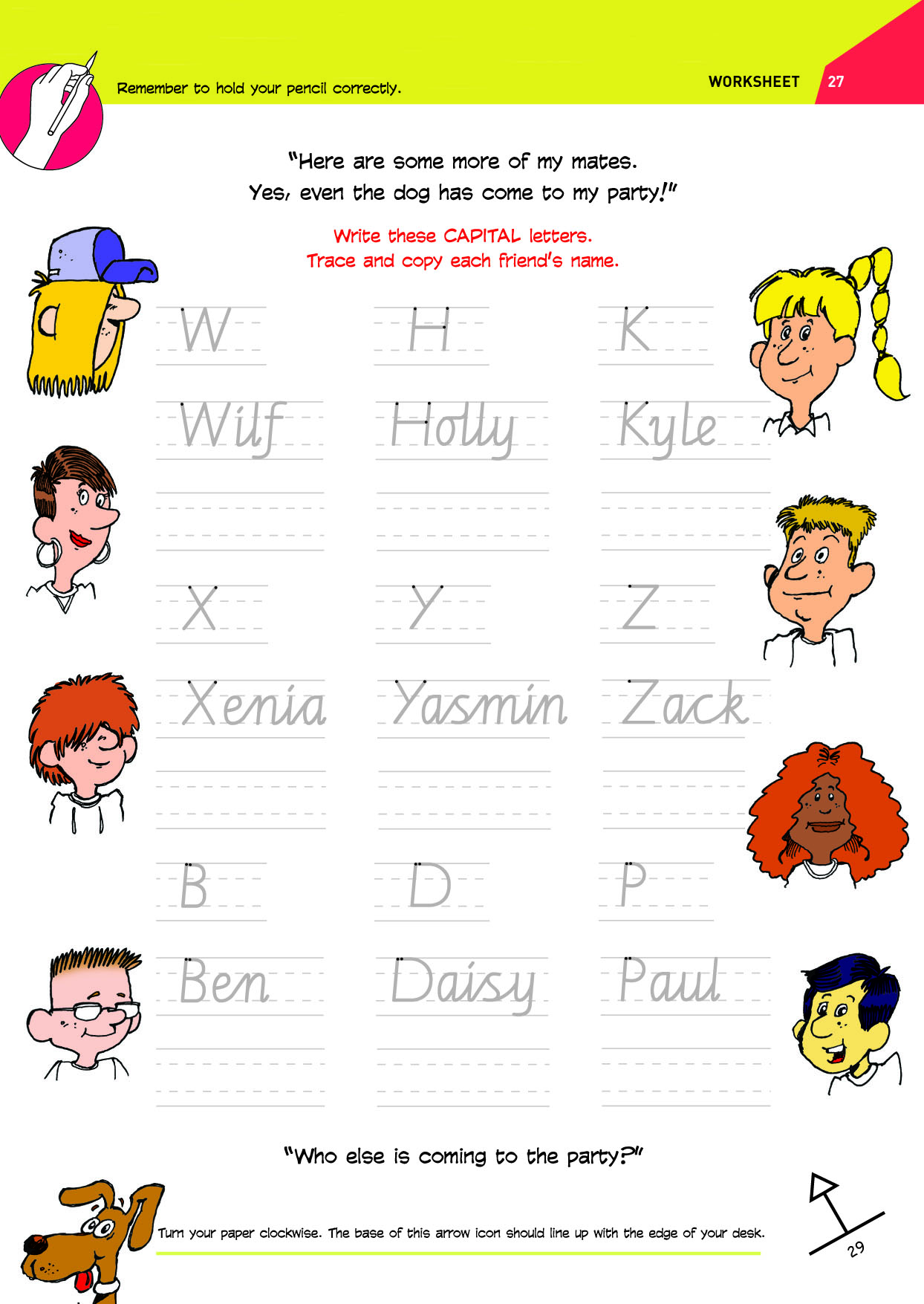
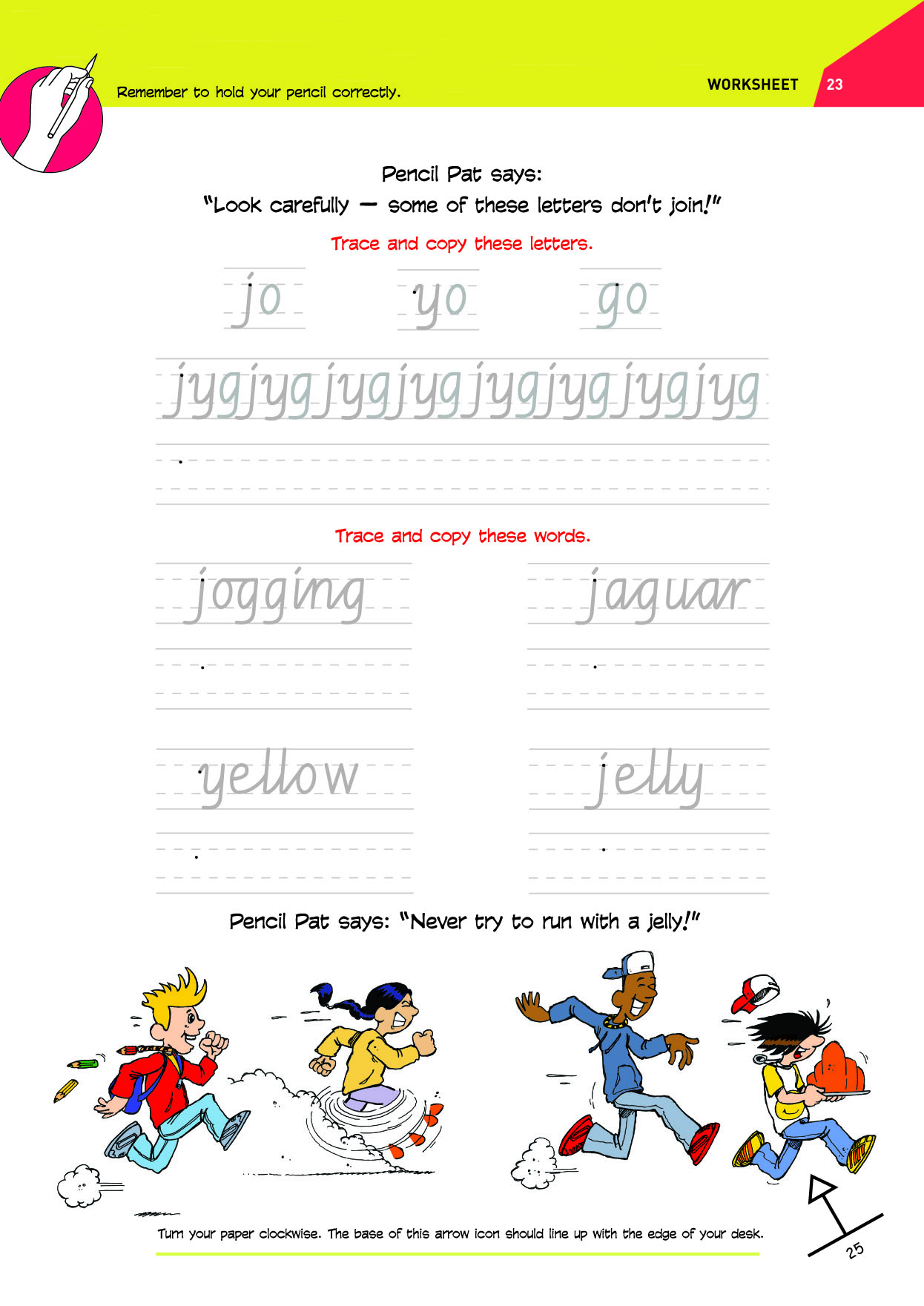
Sample Pages from Book 2
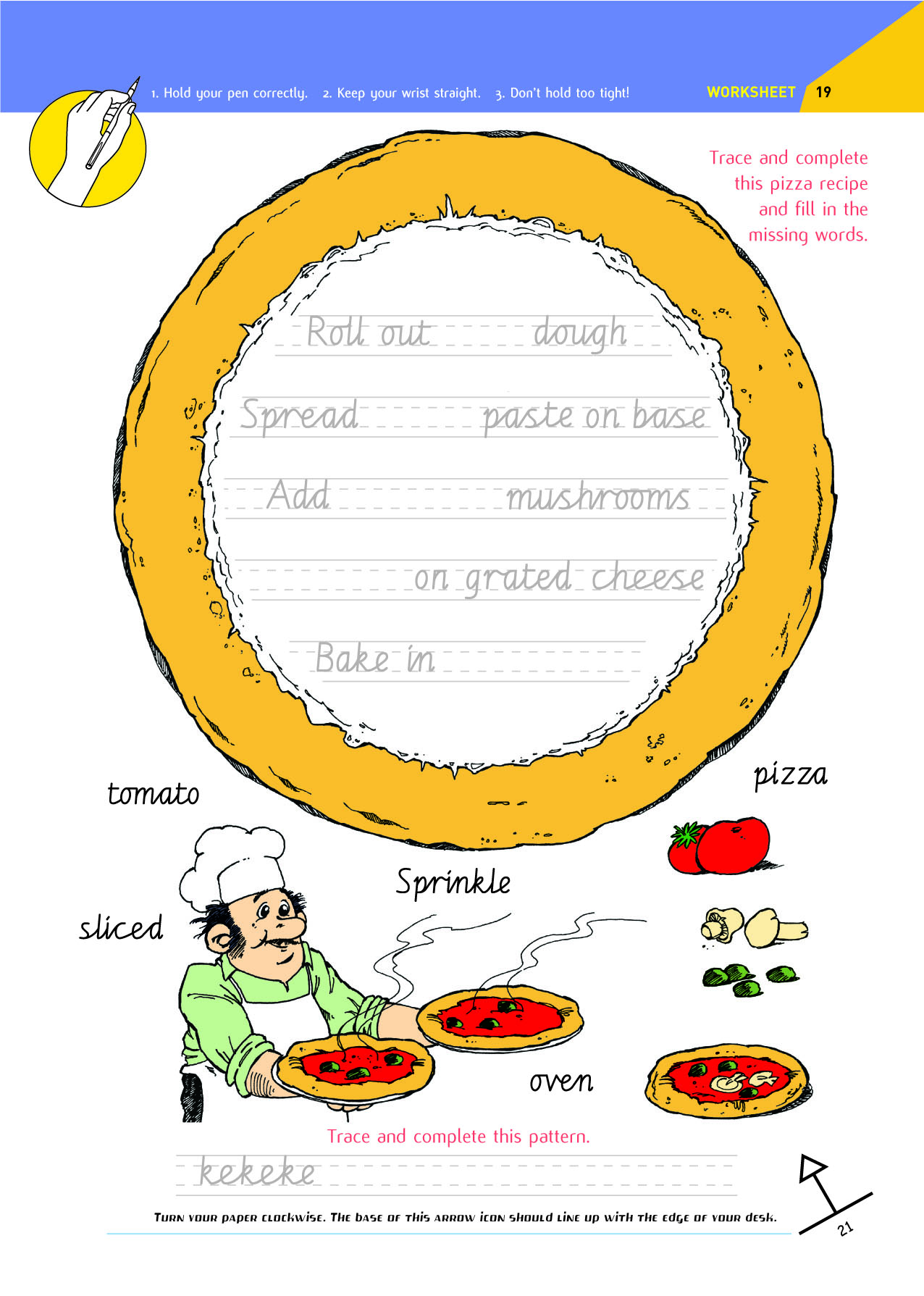
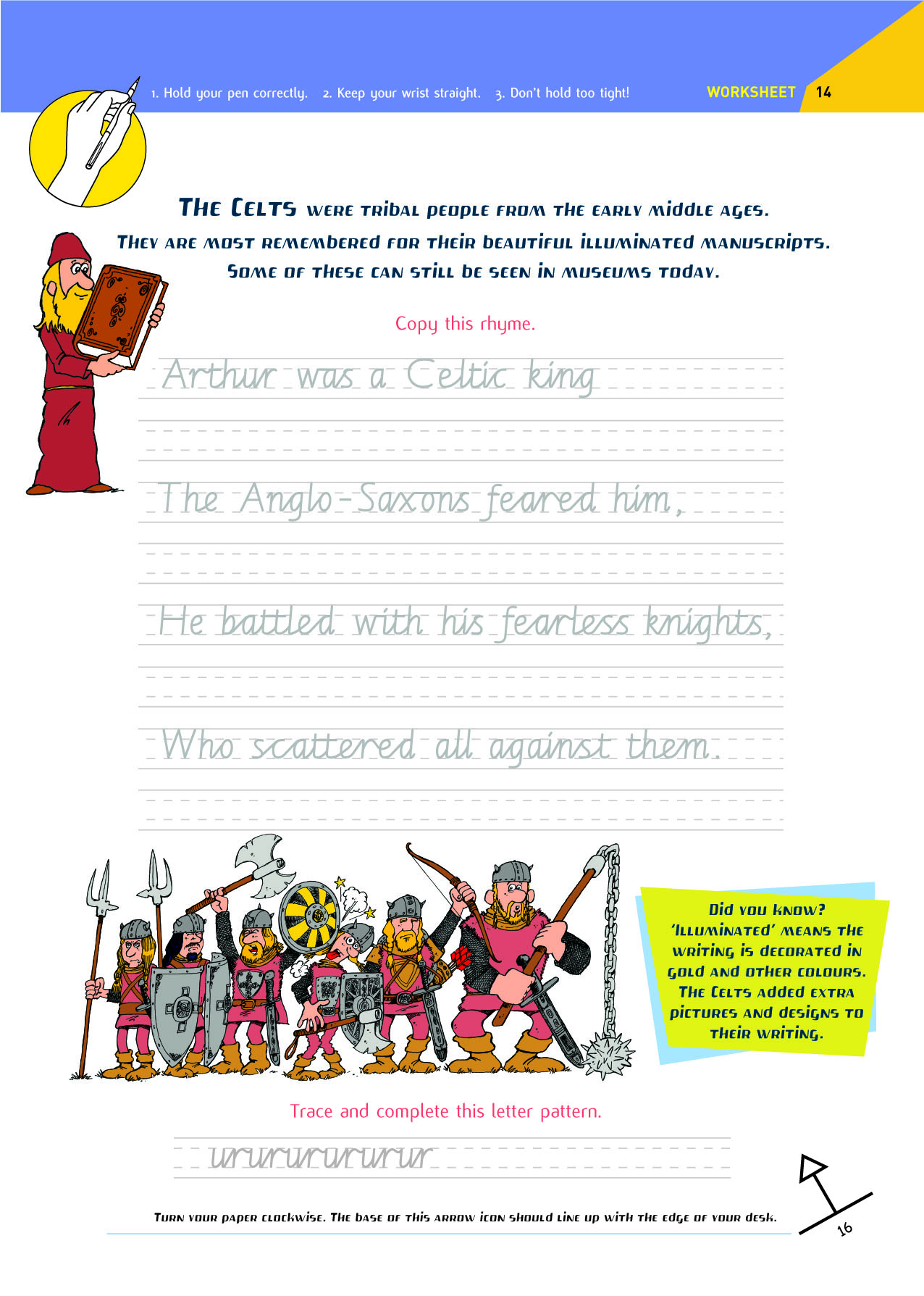
Sample Pages from Book 3
Copyright © 2026. All rights reserved, Robinswood Press Ltd
Website by Big Cat Digital Ltd.
